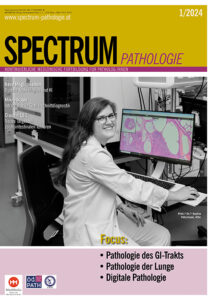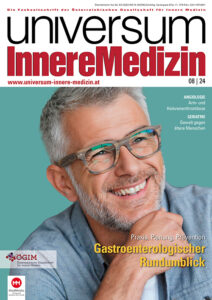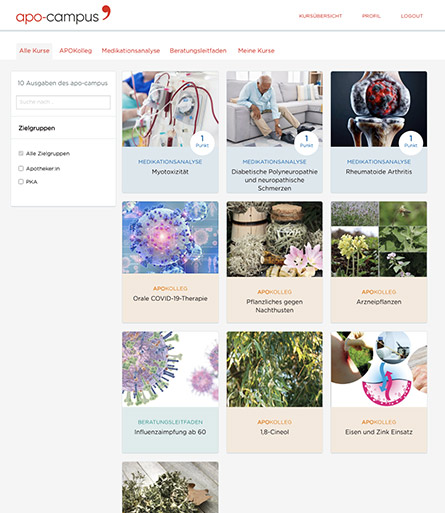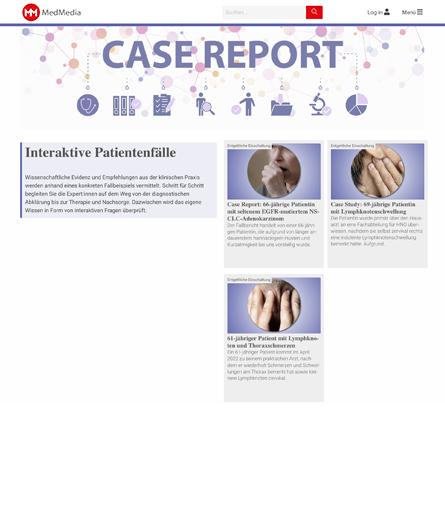Soft Robots: „Like primitive insects or bacteria”
DigitalDoctor: Could you briefly explain to our readers what lies behind the term Soft Robotics?
Bas Overvelde: Soft Robots, as the name suggests, are robots made from soft materials. You can compress them with your hands, somewhat like organic tissue. The idea behind Soft Robotics is to mimic nature. Think, for instance, of living creatures under water. They are all soft and malleable yet still function effectively. We try to replicate this softness and achieve comparable functionality. This is particularly important when we want to create systems that can adapt to changes in their environment. These systems can operate in complex, unknown environments and under difficult conditions due to their flexibility and robustness, without requiring central feedback like that from visual sensors.
DigitalDoctor: How is it possible that these robots function autonomously and without central sensors?
Overvelde: We take advantage of the robot’s softness to embed the mechanical properties, and thus the ability to respond to external stimuli, directly into the system. This doesn’t mean we completely do away with central sensors, but the basic movements are for example similar to human walking, which is largely made possible through our design, reflexes, and regulation by proprioceptors in connective tissue without requiring conscious perception and reaction. You could say that the body thinks for us, allowing us to walk efficiently without always needing to use our brains. We use the softness and adaptability of our robots to mimic this capability of our bodies.

Associate Prof. Bas Overvelde is one of the leading experts in the field of soft robotics and group leader of the soft robotic matter group at AMOLF, a reasearch institution part of the dutch research council.
DigitalDoctor: What role does artificial intelligence play in this context?
Overvelde: Artificial central intelligence can, but does not have to, be used. Our Soft Robots often resemble primitive insects or bacteria that coordinate their movement, through for example mechanical feedback and synchronization with the environment. In the field of Soft Robotics, we usually design simple systems that have nothing in common with the machines from the movie “Terminator” but rather perform basic tasks like crawling through a pipe. Another example is soft robotic gloves used in neurorehabilitation. In all these systems, interaction with the environment occurs through the mechanical components themselves and not through an overarching AI.
DigitalDoctor: But ultimately, Soft Robots could be used as components of more complex robots controlled by artificial intelligence, right?
Overvelde: Combining these two approaches is one of the next challenges in this field. The Soft Robots correspond to the body and its ability to perform essential tasks without the control of a central thinking instance. Artificial intelligence, in turn, plays the role of such a central thinking instance. Indeed, I need both to take a walk through the city. The body essentially handles the walking on its own, but the brain must give direction and continually make decisions about where and when to turn.
DigitalDoctor: On your website, you present a Soft Robot that can be used in tomato harvesting. The movements are executed by inflating or deflating the robot’s arms through pressure changes. Is this a universal principle of Soft Robotics, this alternation between two pressure states?
Overvelde: Not necessarily. The field of Soft Robotics is strongly multidisciplinary, and there are therefore quite different approaches. As a mechanical engineer, I mainly work on mechanical solutions, while, for example, in materials science, research is conducted into the development of special materials. These include so-called “Light-Responsive Soft Actuators,” which are materials that can convert light stimuli into movement. Other materials react to heat or humidity in a specific way that can be used in Soft Robotics.
DigitalDoctor: The use of Soft Robots in the medical field is very broad, ranging from surgical applications to exoskeletons for paralysis and collaborative robots. Which applications from your specific research field play an important role here?
Overvelde: One example is so-called Soft Grippers, soft gripping robots that can be used in surgery to handle delicate structures. Another is systems used in neurorehabilitation, such as special gloves that can be used to train movements. In general, Soft Robots are suitable for numerous applications in the medical field due to their flexibility and softness, especially when it comes to ensuring that the robot’s interaction with the body does not cause injury. Of course, softness comes at the cost of strength, so there are certain limitations in this regard. In the broadest sense, self-expanding Origami stents also fall into this category. Ultimately, it doesn’t really matter whether something is labeled as “soft” or not; what matters is what you can do with it.






















































































